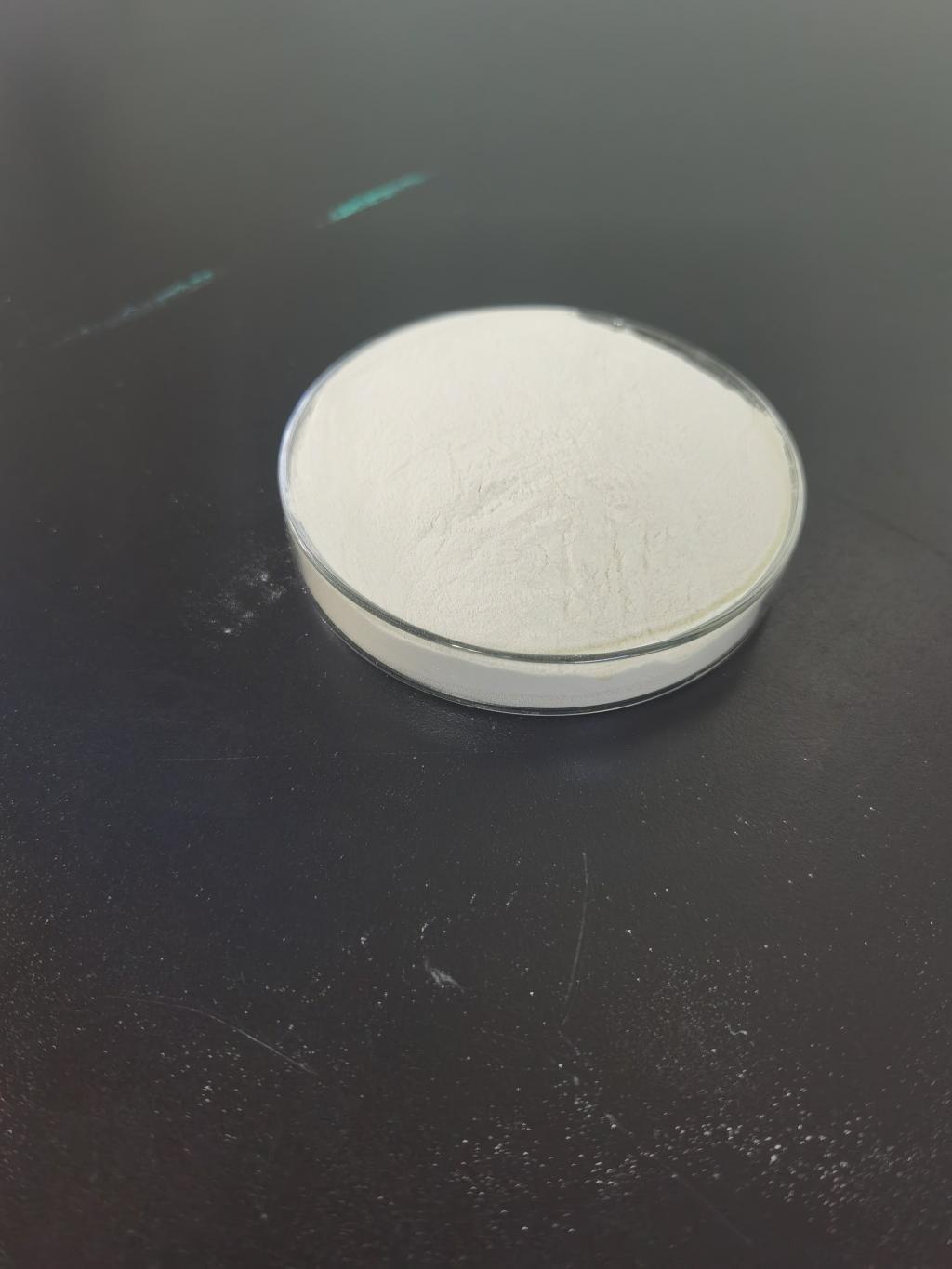Tel:+8618231198596

News
 CONTACT
CONTACT
 CONTACT
CONTACT
- Linkman:Linda Yao
- Tel: +8618231198596
- Email:linda.yao@dcpharma.cn
- Linkman:CHARLES.WANG
- Department:Overseas
- Tel: 0086 0311-85537378 0086 0311-85539701
News
Nisin in Dairy Products: Revolutionizing Safety Standards
TIME:2023-12-08
The Natural Guardian: Nisin's Origins and Mechanism of Action
Nisin, a bio-preservative, is naturally produced by certain strains of lactic acid bacteria, with Lactococcus lactis being a primary source. Its role as a natural defense mechanism against competing bacteria positions it as an ideal preservative for dairy products. The mechanism of action of nisin, primarily targeting Gram-positive bacteria, involves disrupting bacterial cell membranes by binding to lipid II, a precursor in cell wall synthesis. This selective mode of action makes nisin a powerful antimicrobial agent while preserving the beneficial microbiota essential for the fermentation and flavor development in dairy products.
Nisin in Cheese: Prolonging the Pleasure
Cheese, a diverse and beloved category within the dairy realm, has witnessed a transformative impact from the integration of nisin. The challenges of bacterial contamination during the cheese-making process have been effectively addressed by nisin. Its application ensures the safety and quality of cheese by inhibiting the growth of spoilage and pathogenic bacteria. Moreover, the ability of nisin to extend the shelf life of various cheese varieties has contributed significantly to reducing food waste, aligning with sustainability goals.
Yogurt: Nisin's Role in Fermented Bliss
In the world of yogurt, nisin plays a pivotal role in ensuring product safety and stability. The fermentation process involved in yogurt production creates an environment conducive to microbial growth. Nisin, with its targeted antimicrobial activity, combats unwanted bacterial contamination, allowing for the production of yogurt with extended shelf life without compromising its texture and flavor. The use of nisin in yogurt exemplifies its adaptability to different dairy matrices and its contribution to maintaining the safety of fermented products.
Milk and Liquid Dairy Products: Extending Freshness
Liquid dairy products, including milk and cream, face unique challenges due to their perishable nature. Nisin emerges as a natural guardian in these products, preventing the growth of spoilage bacteria and extending freshness. This application not only enhances the safety of liquid dairy items but also contributes to reducing the environmental impact associated with the disposal of expired products.
Challenges and Innovations: Navigating the Dairy Matrix
While nisin has proven effective in various dairy products, challenges arise when navigating the complex matrix of different textures, pH levels, and microbial compositions inherent in diverse dairy items. Researchers and food technologists are actively engaged in innovative approaches to address these challenges.
Microencapsulation Technologies: Unlocking Potential
One notable innovation involves the use of microencapsulation technologies to optimize nisin's performance in diverse dairy matrices. Encapsulating nisin within protective matrices enhances its stability and controlled release, overcoming challenges associated with varying pH levels and interaction with other components in the dairy products. This innovation not only expands the scope of nisin applications but also ensures its efficacy in different formulations.
Synergistic Approaches: Enhancing Efficacy
Synergistic approaches, involving the combination of nisin with other natural antimicrobial agents, have shown promise in addressing challenges posed by specific bacteria strains resistant to nisin alone. These combinations not only enhance the overall efficacy but also provide a robust solution for maintaining safety standards in the dynamic landscape of dairy product manufacturing.
Regulatory Landscape: Nisin's Recognition and Compliance
The integration of nisin into dairy products is supported by its recognition as a Generally Recognized as Safe (GRAS) substance by regulatory authorities, including the U.S. Food and Drug Administration (FDA) and the European Food Safety Authority (EFSA). Compliance with safety standards is a crucial aspect of incorporating nisin into dairy processing, ensuring consumer confidence in the safety and quality of the end products.
Future Prospects: Nisin in the Evolving Dairy Industry
As the dairy industry continues to evolve, driven by consumer preferences for clean-label products and sustainability, the role of nisin is poised to expand further. The demand for natural preservatives aligns with nisin's profile, making it a key player in shaping the future of dairy processing. Moreover, as technological advancements continue to enhance the compatibility of nisin with various dairy matrices, its application may become even more widespread, contributing to the development of innovative and sustainable dairy products.
Conclusion: Nisin's Dairy Odyssey
In conclusion, nisin's integration into the dairy industry has heralded a new era in safety standards and preservation practices. From the cheese-making vats to the chilled aisles housing liquid dairy products, nisin has proven itself as a natural guardian, extending freshness, ensuring safety, and contributing to the reduction of food waste. As the dairy industry embraces the challenges of the future, the role of nisin in preserving the integrity of these essential products is likely to remain central, marking a transformative chapter in the ongoing story of food safety and sustainability.
- Tel:+8618231198596
- Whatsapp:18231198596
- Chat With Skype







